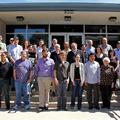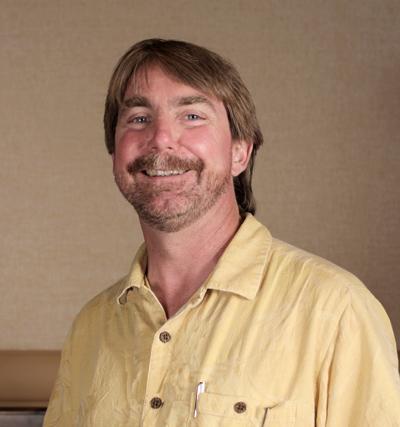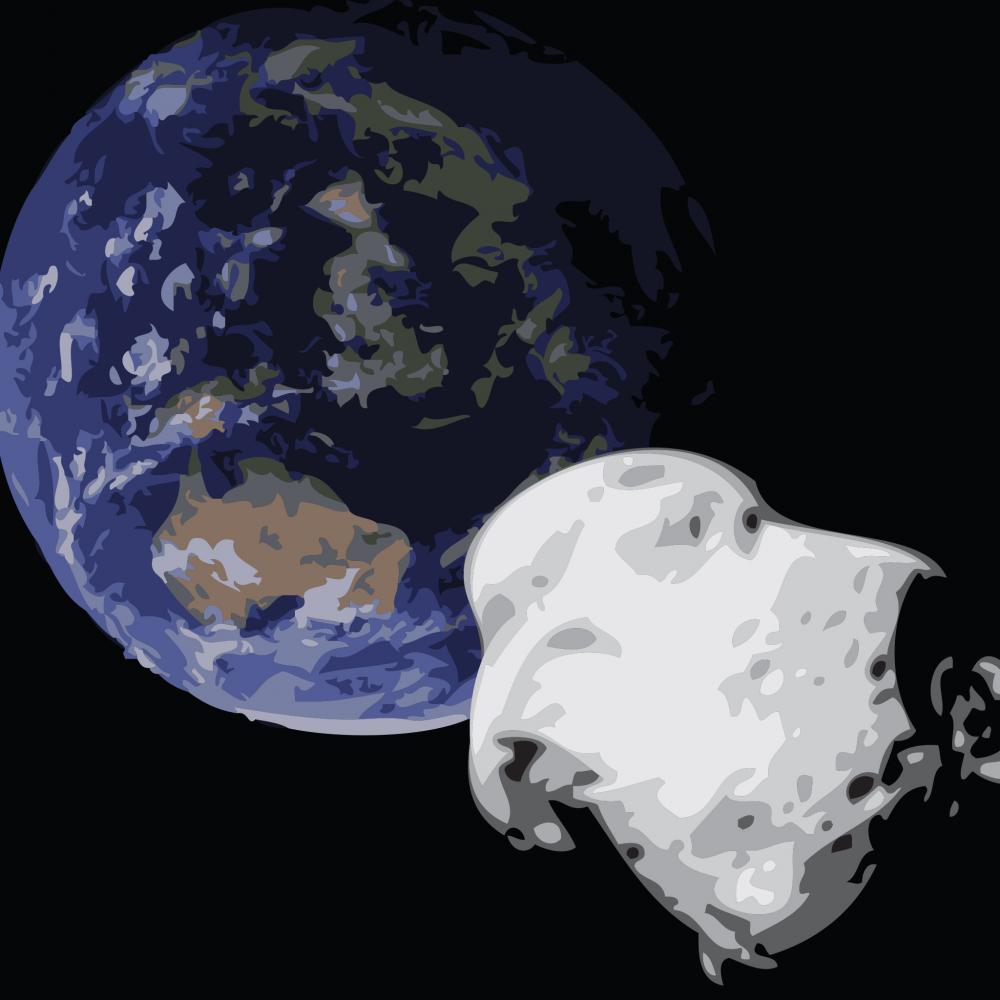As the recent Russian Chelyabinsk meteor impact and (unrelated) close passing of Asteroid 2012 DA14 remind us, the Earth shares its Solar System neighborhood with many other moving objects, some of which are potentially harmful to our planet. LSST will play a significant role in planetary defense against these objects. Its large-diameter optics, 3200Mpix camera, and sophisticated data processing system will provide both early detection and orbit determination for fainter and smaller objects at greater distances than currently possible.
NASA’s NEOWISE survey indicates that there are about 20,000 near-Earth asteroids (NEAs) with sizes of 100-1000 meters, only 22% of which have already been catalogued. Asteroid 2012 DA14 (~46m) is even smaller, and there are potentially millions of uncharted NEAs that size or larger. Fewer than 10,000 NEAs of all sizes have been identified to date through the efforts of ground-based observatories and space missions.
During its 10-year survey, LSST will provide orbital parameters for more than 100,000 of these NEAs allowing us to be better prepared for the potentially devastating events that are sure to come in the future.
The warning time before impact depends on the asteroid's size, its orbit, and the cadence and sensitivity of the observing system. For 45m objects, the LSST warning time would be about 1-3 months, depending on their orbits. Note that LSST could also detect such an object during three prior close approaches. As an example of a very different hazardous object – the 3 km large comet C/1996 B2 Hyakutake, which passed within 0.10 AU from Earth in 1996, LSST could provide a warning time of 8 years, with over 500 observations over that period.
The chances of an object that caused the 1908 Tunguska event impacting Earth are about once every 100 years. But probability can be misleading: such an improbable event could happen next year. LSST will help assess the hazard to Earth from asteroid impacts by constraining the orbital and size distribution of the near-Earth population, allowing concrete estimates of the impact frequency as a function of size. LSST’s ground-based optical observations complement potential space observations in the infrared, helping us determine more accurate sizes and composition of these objects. LSST will also identify potential targets for spacecraft missions, searching for objects with small relative velocities to Earth.
A recent National Research Council report1 found that LSST is the most cost effective way of detecting the most likely and potentially most damaging Earth threatening objects.
Simulations show that the planned ten years of operation of the LSST survey with our baseline cadence, which was designed to optimize observations for a diverse set of science goals, will yield orbits for 50% of PHAs with diameters D=140m. With modifications of this baseline cadence and some improvements to software, LSST could reach completeness of about 70% by the end of its 10-year survey.
It is much more difficult to improve the completeness from 70% to 90% than from 50% to 70%. To reach 90% completeness, LSST would have to run for 12 years, with more significant modifications of its cadence, and there would be additional required software improvements. The incremental cost of achieving this level of completeness would be dominated by the operations costs for two additional years of surveying.
1National Research Council. Defending Planet Earth: Near-Earth Object Surveys and Hazard Mitigation Strategies. Washington, DC: The National Academies Press, 2010.
[Content updated 4/9/13]








